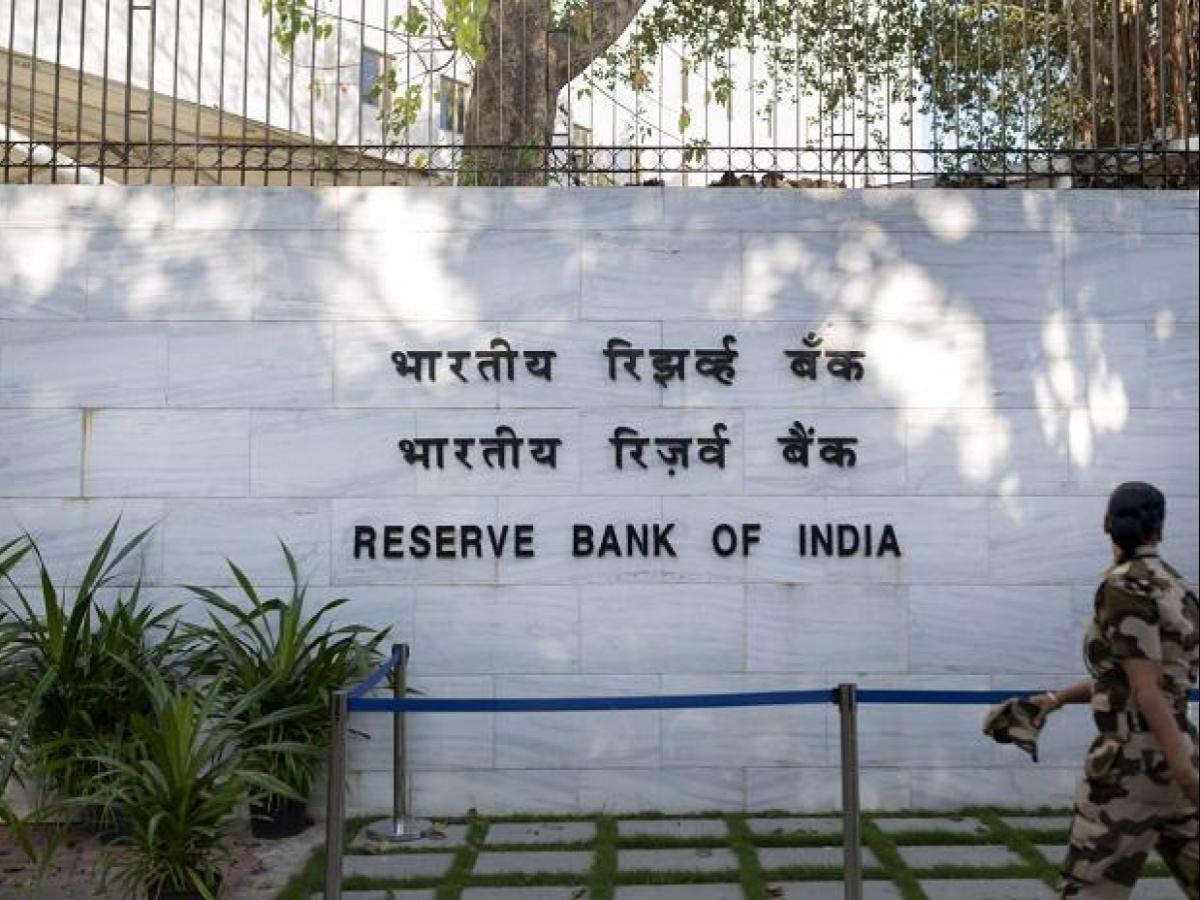
RBI PROPOSES 4-TIER STRUCTURE FOR TIGHTER REGULATION OF NBFCS
CONTEXT
- The Reserve Bank of India (RBI) has proposed a tighter regulatory framework for non-banking financial companies (NBFCs) by creating a four-tier structure with a progressive increase in intensity of regulation.
MORE ABOUT NEWS
- In its discussion paper on revised regulatory framework for NBFCs, the RBI has said the regulatory and supervisory framework of NBFCs should be based on a four-layered structure: Base Layer, Middle Layer, Upper Layer and a possible Top Layer
- Base Layer
-
-
- If the framework is visualised as a pyramid, the bottom of the pyramid, where least regulatory intervention is warranted, can consist of NBFCs, currently classified as non-systemically important NBFCs (NBFC-ND).
- MIDDLE LAYER:
- As one moves up, the next layer can consist of NBFCs currently classified as systemically important NBFCs (NBFC-ND-SI), deposit taking NBFCs (NBFC-D), housing finance companies, IFCs, IDFs, SPDs and core investment companies.
- The regulatory regime for this layer will be stricter compared to the base layer. Adverse regulatory arbitrage vis-à-vis banks can be addressed for NBFCs falling in this layer in order to reduce systemic risk spill-overs, where required.
-
- UPPER LAYER
- Going further, the next layer can consist of NBFCs which are identified as systemically significant among. This layer will be populated by NBFCs which have large potential of systemic spill-over of risks and have the ability to impact financial stability.
-
- There is no parallel for this layer at present, as this will be a new layer for regulation.
- The regulatory framework for NBFCs falling in this layer will be bank-like, albeit with suitable and appropriate modifications, it said.
- TOP LAYER:
- It is possible that considered supervisory judgment might push some NBFCs from out of the upper layer of the systemically significant NBFCs for higher regulation/supervision. These NBFCs will occupy the top of the upper layer as a distinct set.
- Ideally, this top layer of the pyramid will remain empty unless supervisors take a view on specific NBFCs.
- If certain NBFCs lying in the upper layer are seen to pose extreme risks as per supervisory judgement, they can be put to higher and bespoke regulatory/supervisory requirements.
NBFC VS BANKS (SOURCE – MRUNAL.ORG)
|
Parameter |
Commercial Banks |
Non-Banking Financial Companies (NBFCs) |
| Registration |
|
|
| Supervision |
|
|
| Can accept
Deposits? |
|
|
| Prudential
Norms |
|
|
| BASEL Capital
Adequacy Norms, LCRHQLA norms |
|
|
| Loan Rate |
|
|
| Recovery |
|
|
